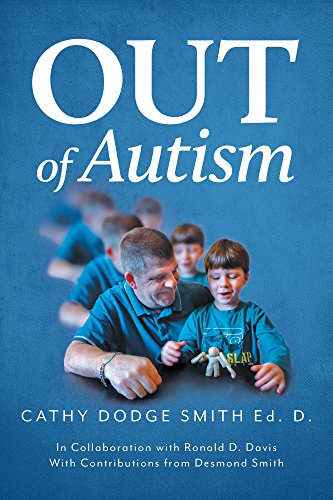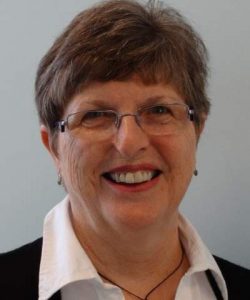Book Review: Out of Autism

Ron Davis posits three different paths to learning: understanding, knowledge, and wisdom. The experience of all three leads to mastery. These paths are learning by observation (which Davis calls understanding); learning by experiencing an effect (knowledge); and learning by doing or creating (wisdom).
For example, Sir Isaac Newton sees an apple fall from a tree; he gains an understanding of the way that apples fall. If Newton is sitting under a tree when an apple falls on his head, he gains knowledge of the result of an apple’s fall. And if Newton shakes a branch of the tree causing a ripened to fall — he would then have wisdom.
This idea lies at the heart of all Davis programs, and is particularly critical to the Davis Autism Approach. It is only through mastery that the autistic individual can learn and integrate the life concepts that empower them to function proficiently in the neurotypical world.
Half a dozen years ago, working with Ron Davis, I wrote the book Autism and the Seeds of Change. Because I am not a Davis Facilitator and have not worked directly with an autistic client, I wrote with only two channels of information. I had understanding — the sum of all the information I could gather from attending workshops, talking to facilitators, reading case reports and testimonials. And I had at least partial knowledge, because Ron Davis had personally led me through the process of modeling all the autism concepts, one-by-one, just as a facilitator would with an autistic client. But the wisdom part was something I did not and could not have, because I have never been the instigator of change for an autistic individual.

Cathy Dodge Smith does have that wisdom, and she has it by the bucketful. Because not only does Dr. Cathy (as we like to call her) have the experience of working with many autistic clients, but she also played a leading role in the shaping and creation of the Davis Autism Approach process and protocols. So she can speak and write from the vantage point of a creator. This year she wrote a book to share that wisdom, called Out of Autism.
And I think her book is wonderful. If I could, I would require it to be sold right alongside every copy the book I co-wrote, because I think that while the first book does a pretty good job of conveying the mechanics, the heart and soul of the program is contained in the newer book. Dr. Cathy’s book also does a remarkable and highly readable job of interweaving the personal accounts of various individuals with an exploration of the key concepts that underly the Davis program. Out of Autism gives the reader the feel of the program and the sense of change as each of Dr. Cathy’s clients goes through the program steps of individuation, identity development, and social integration.
Readers of the first book might recognize some of Dr. Cathy’s clients from case studies reported in the final section of Autism and the Seeds of Change. But Out of Autism provides a more personal touch and detailed sense of the interplay between facilitator and client, and the emotions that each experience during the journey of discovery that each program represents. It is not always a smooth or easy journey. As Dr. Cathy explains, “we go with the flow of the client,” and sometimes that leads to interesting and unexpected detours.
Out of Autism takes the reader through each phase of the Davis Autism program, interweaving practical explanations with the accounts of the very different experiences of each of the children and adults that Dr. Cathy has worked with. The individual stories shared in this book collectively reveal the power of a program conceived by a man who was once a baffled child feeling his way through his own own journey out of autism.






